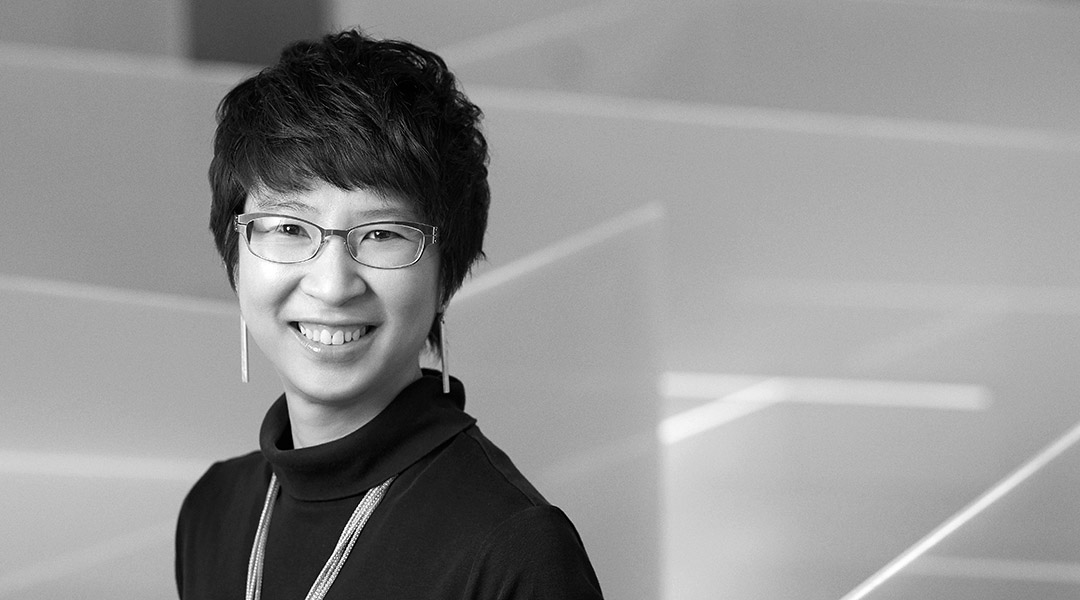
Women Run Design: For Twitee Vajrabhaya, architecture knows no gender
Our last conversation with Twitee Vajrabhaya, a Bangkok-based architect who BluPrint had the chance to meet and interview in person at Anthology Festival in 2018, was about how they brought Bangkok’s empty General Post Office building back to life. This time, we ask more personal questions for BluPrint’s Women Run Design special, which celebrates women’s pivotal role in the realm of design.
One of the more critical issues we asked her via email is: What is it like being a woman in architecture in Southeast Asia? She answered: “I do not see myself being in a man’s world.”
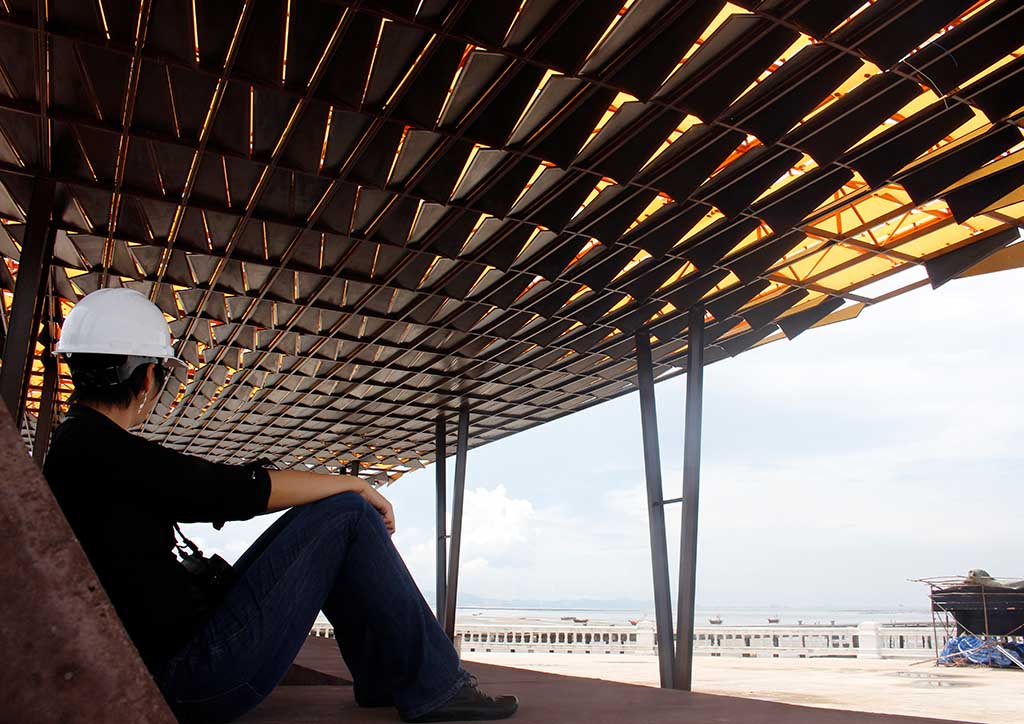
Like the rest of Southeast Asia, Thailand has been predominantly patriarchal since pre-modern times. However, women in the region have relatively favorable positions in the socio-economic aspect compared to its East and South Asian neighbors. In an article by Barbara Watson Andaya in Asia Society, she wrote: “This has been explained by several factors: traditionally, kinship was traced through both maternal and paternal lines; a daughter was not a financial burden because of the widespread practice of bride price; a married couple often lived with or near the wife’s parents; women had prominent roles in indigenous ritual; their labor was essential in agricultural, and they dominated local markets.”
YOU MIGHT LIKE: Department of Architecture’s Twitee Vajrabhaya talks heritage
In modern times, Southeast Asian women have been well-educated and have taken positions in politics, academe, business, arts, design, and other socio-economic situations. According to Andaya, “Despite the region’s economic, political and cultural diversity, Southeast Asian countries generally fare well in measures of human development. The heritage of relatively favorable gender relations and the resilience and pragmatism of local societies indicate that Southeast Asian women can look towards a promising future.”
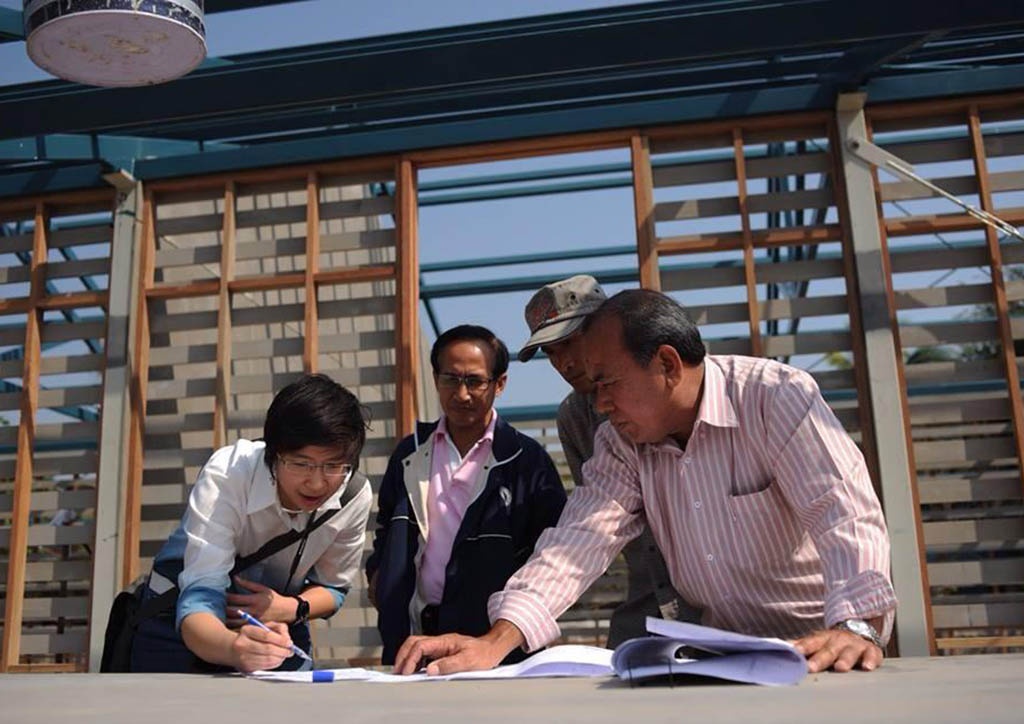
Twitee Vajrabhaya tells BluPrint the same, especially when it comes to architecture and design. “In Thailand, the generation before me had many more male architects than female architects. However, from my generation onward, there are quite a fair number of female architects, and the ratio seems to increase each year,” the architect says. “From my own observation, I have not experienced any major obstacle being a woman in architecture in Thailand. In general, Thailand is a very open society for all genders – male, female, and other genders.”
Starting out as an architect in Thailand
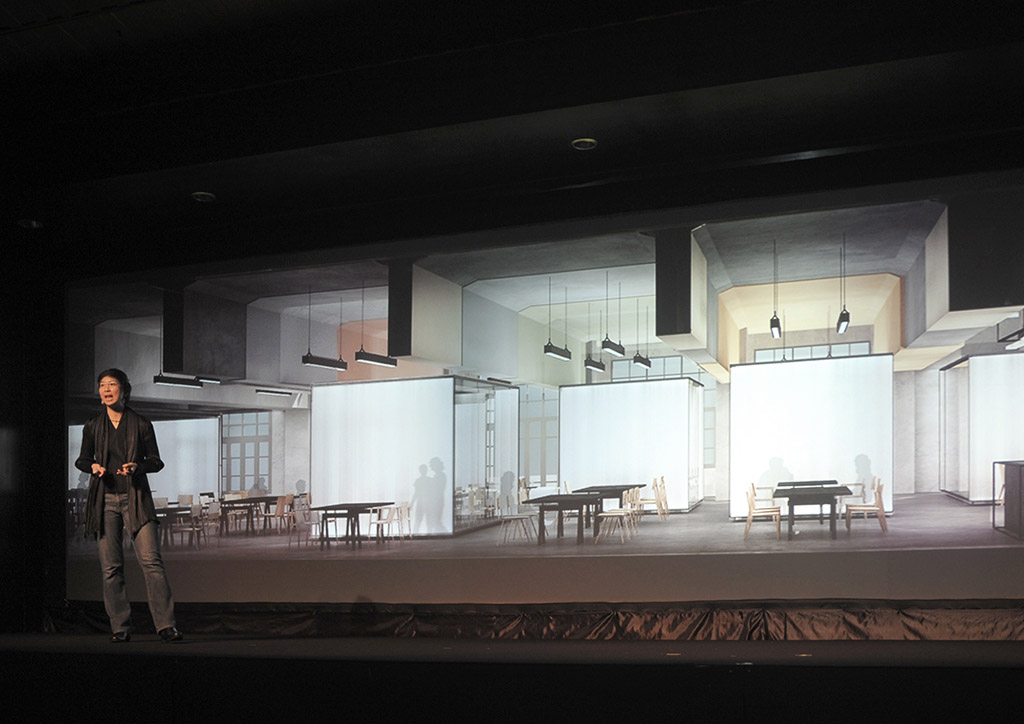
Vajrabhaya asserts that Thai men and women are equal in the architecture scene. While there is not so much of a struggle being a woman in architecture, a predominantly male industry worldwide, Vajrabhaya shares that the challenge would be from starting out with a portfolio of unbuilt projects. “The challenges at the beginning of my career is that back then when I do not have many built works as a portfolio to make clients feel confident in my proposed new design direction that no one has done before,” the architect says. “It was hard to make them believe that the idea would work. What I need to do is to use all kinds of tools to convey my thoughts; through models, perspectives, etc. to show them as accurately as possible so that they understood the design and be convinced.”
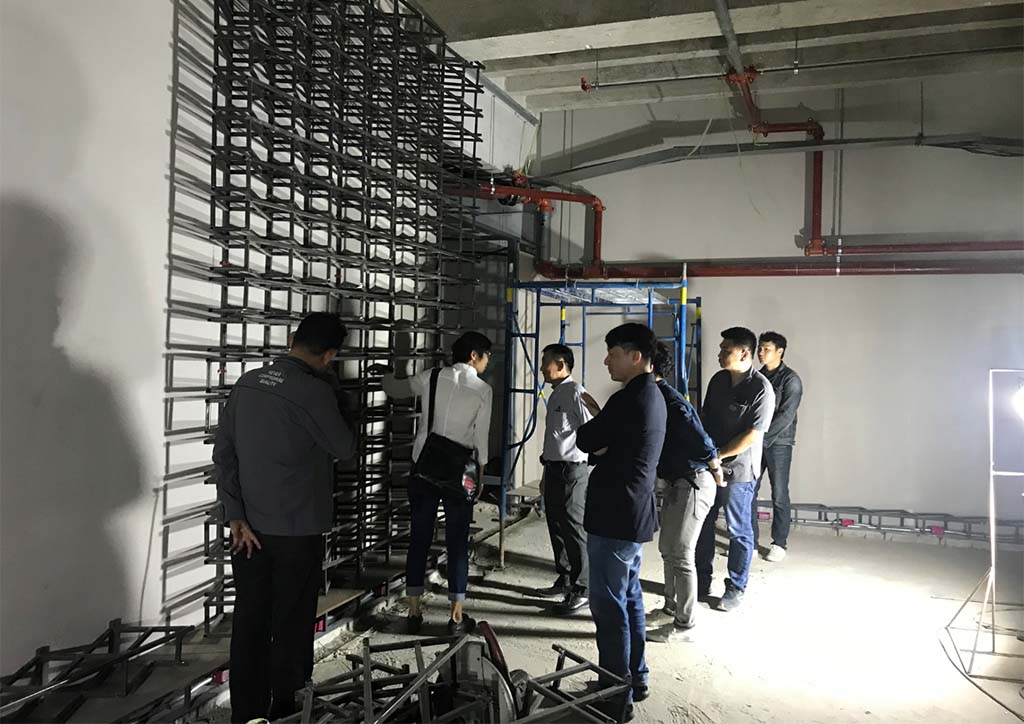
Twitee Vajrabhaya worked in an office in New York and in Bangkok for around four years before she founded Department of Architecture Co. with her partner Amata Luphaiboon. “My years in architecture school were great formative years for me, especially in developing creative thinking skills, critical thinking skills, design philosophy, as well as design skills,” she shares. “I was lucky to have quite a few great teachers and mentors.” The architect says that during her architecture education, there was about a 50 to 50 ratio of male and female architecture students and that she had quite a few female professors.
READ MORE: Wonder Women: The 5 female Pritzker Prize Laureates since 1979
Running a predominantly female firm
Vajrabhaya shares that running her own firm allows her to fully explore and exercise her design ideas to reality. As a co-founder, she is also firm about prioritizing capability and character above gender. “I do not look at gender when I work. I see their capability and character based on the individual,” Vajrabhaya says.
“I do not see myself being in a man’s world,” adds the architect. She established her studio Department of Architecture Co. in Bangkok, Thailand, in 2004. Sixteen out of 25 people in the studio are female.

While the women outnumber the men in Department of Architecture Co., Vajrabhaya does not discriminate; instead, she sees equal opportunities for all genders. “To me, the value of a person in a workplace does not relate to gender,” the architect says. “The person’s work capability and what he or she can contribute to the workplace determine whether the individual is dispensable or indispensable.”
So to her fellow women, she recites: “Show your capabilities.”![]()
YOU MIGHT LIKE: Women Run Design: How Jumax Morgia walked away from and ran back to architecture
Images courtesy of Twitee Vajrabhaya


